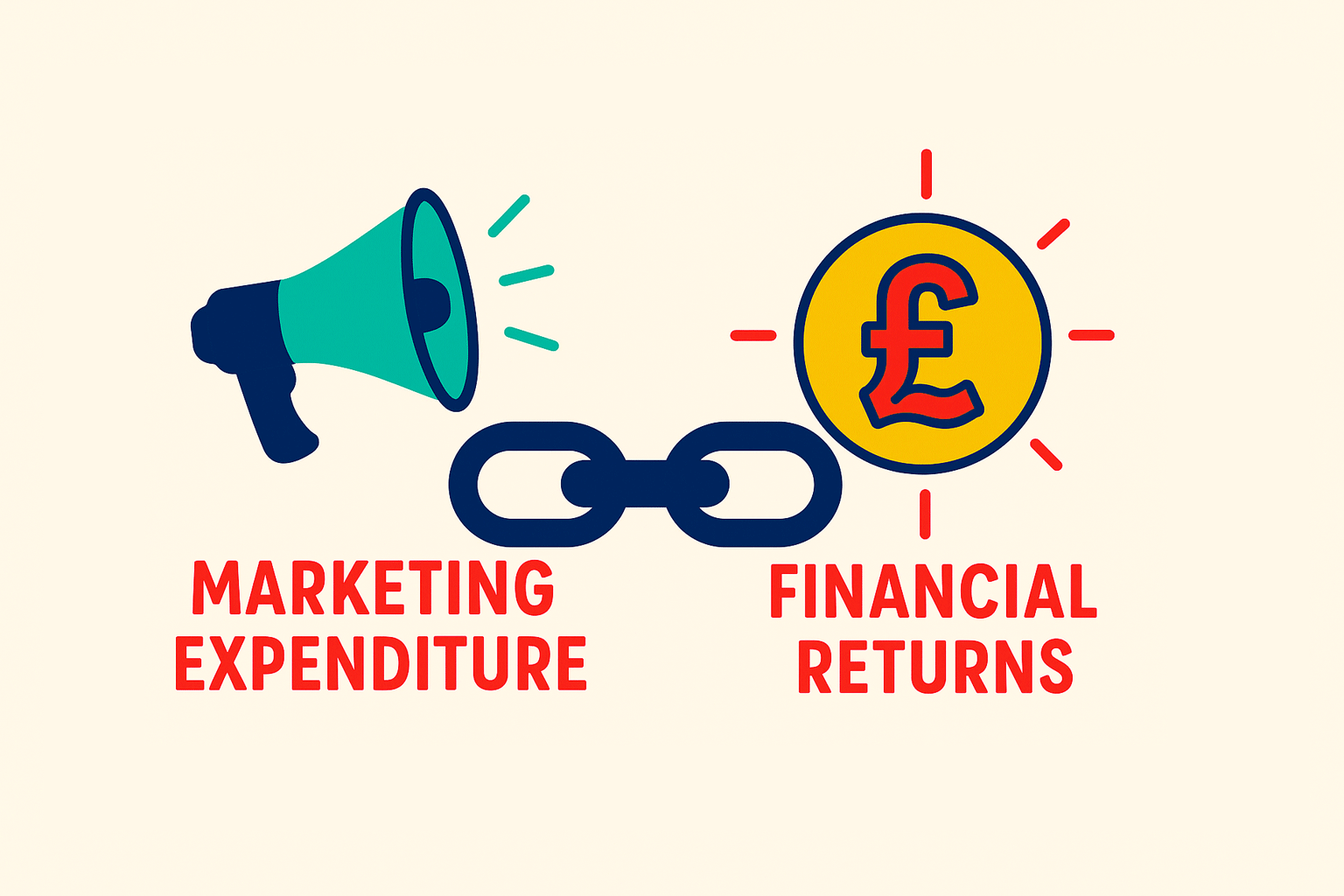
This article originally appeared in the October 2025 issue of “MOLD CONNECTION” magazine.
Does your marketing make you any money?
Even the founder of Unilever, Lord Leverhulme, said, “Half the money I spend on advertising is wasted; the trouble is I don’t know which half”.
Tracking financial returns from marketing activity is a thorny issue. Companies of all sizes grapple with it, from sole traders to multinationals. I’ve been in the middle of these arguments myself. But it’s a problem that won’t go away because, firstly, yes, it is indeed difficult, but more importantly, getting it right means huge financial rewards and advantages.
Everyone wants more predictable costs in their accounts and greater accuracy in their sales forecasts. More certainty means more investment into marketing, which is seen as a key driver of revenue growth and maintaining higher prices. All of this applies equally to small and medium sized businesses.
“If you’re in this game for the long term, the way you finance your marketing has to be for the long-term too.”
The first requirement is to set realistic expectations about how marketing payback actually works
A lot of business owners expect a quick return from any marketing spend. Immediate even.
But markets are so competitive that it takes time and, often, painstaking work to really stand out against competitors. Especially for small businesses, who are competing against household names with deep pockets. Sure, it’s easy to post on social media, or use AI to generate content, but it’s really hard to win because everyone is doing it. And even more difficult to tie that activity to sales.
Monthly reporting is crucial
Reporting helps establish the relationship between marketing activities, spend and payback over a period of time.
Patterns start to emerge in the data which are usually easy to spot. From this, you can predict trends and make decisions which are much better informed. Less guesswork and more objectivity. You’ll have greater confidence in what is likely to happen in the near-term future. And if you do this early enough, you can track what’s happening in the important metrics, like net sales and marketing contribution, and see what happens with each new activity.
You can also track qualitative data, like customer feedback, and use that as an extra layer to help decide what the next best move is.
Budgeting for bigger campaigns
The most powerful marketing – the kind that makes you known to a much larger consumer base – are long-running campaigns on broad media.
The great news is that the effect from these campaigns last much longer than promotional-type activities. Sometimes stretching into months or even years. I’ve worked on TV ad campaigns that didn’t payback until after 12-14 months, which was fine precisely because the new customers continued to spend well after the campaign had ended, generating a significant overall profit.
But you’ve got to have the cash flow to go bigger. And that means consistently setting aside budget every month to finance future campaigns. It doesn’t have much, but you do have to start and then stick at it.
Build from the ground up
All of this is more than doable. Start small, with media that will give you shorter payback cycles. Set up basic monthly reporting and look for the trends that will emerge. Set money aside each month to finance bigger campaigns at a later date. By this time next year, you’ll thank yourself. If you’re in this game for the long term, the way you finance your marketing has to be for the long-term too.



